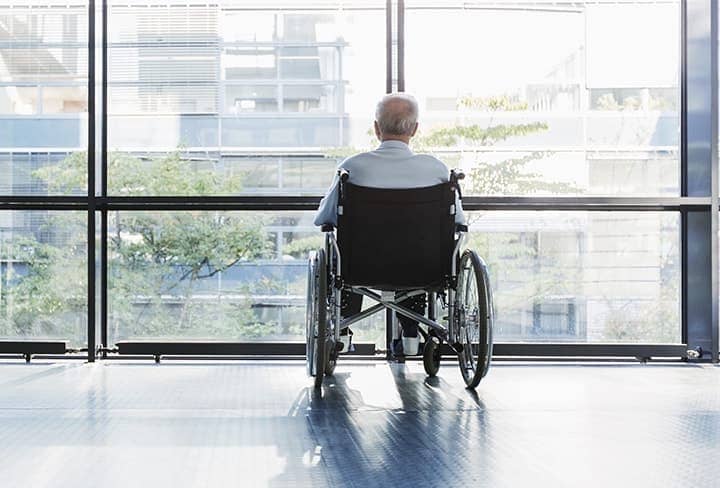How You Can Tell A Good Nursing Home From A Bad One.
Nursing Home Negligence
In 2001, the Centers for Medicare and Medicaid reported to Congress that 91% of nursing homes in the United States did not have sufficient staff to prevent harm to residents. Therein lies the problem with many nursing homes: UNDERSTAFFING!
The smaller the underpaid and non-skilled staff is, the more money that can be made by nursing homes. There are strong financial incentives for nursing homes to cut corners not only in the number of staff, but also in the training and qualifications of the skilled staff. Most of the revenue of nursing homes comes from Medicare and Medicaid, but the owners of nursing homes need not account to Medicare or Medicaid for how they spend the money they are paid. As a result, the number of lower paid, less trained nursing assistants have increased.
The ratio of aides/nurses to residents may be one aid for fifteen residents during the night and it is not unusual to find a lone nurse or aid caring for as many as thirty residents. The low staffing will result in poor quality of care, such as malnutrition of residents, bedsores, urinary tract infections, residents confined to their chairs or beds, and neglect.
The New York State Department of Health measures performance rankings of all nursing homes in New York at the Department of Health’s Nursing Home Profile. For each quality measure, the nursing homes in New York are divided into five groups according to their scores, with roughly 20% of the nursing homes in each group.
The quality measure performance rankings show how nursing homes rank in relation to other nursing homes in New York. There are performance rankings for the percentage of residents with urinary tract infections, the percentage of residents who were physically restrained, the percentage of residents who have pressure sores, the percentage of residents who lose too much weight, and the percentage of residents who have a catheter inserted and left in their bladder. The performance ranking for the percentage of residents with urinary tract infection is a good indicator of the sanitary practices of the nursing home.
The number of ratio of aides/nurses to residents may be one aid for 15 residents during the night and it is not unusual to find a lone nurse or aid caring for as many as 30 residents. The low staffing will result in poor quality of care, such as malnutrition of residents, bedsores, urinary tract infections, residents confined to their chairs or bed, and neglect.
Medicare also provides performance ranking measures of nursing homes at its webpage. At this website, Medicare lists specific information for nursing homes throughout the United States concerning nursing home staffing, quality measures, and health inspections, and you can compare up to three nursing homes in each category.,
